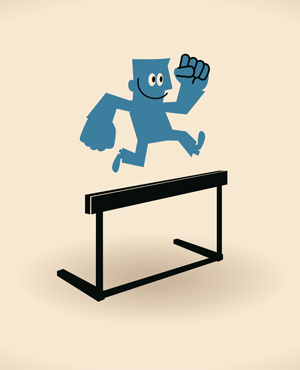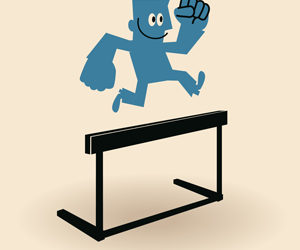 Did your dreams ever go up in smoke? A waitress called my dyed hair a smoke show. But I desired more than smoke shows—I craved Nobel prizes, Saddledome events, half-a-million-dollar television shows. Crazy?
Did your dreams ever go up in smoke? A waitress called my dyed hair a smoke show. But I desired more than smoke shows—I craved Nobel prizes, Saddledome events, half-a-million-dollar television shows. Crazy?
Yes, desire swallows all.
I desired to win a Nobel prize for measuring the travel of thought. Let me explain.
Years ago, I heard a long-lost friend’s voice, but I was home alone. So, I searched her Whitehorse, Canada number and phoned her. Shockingly, she expected my call: she squealed, “You got my message!” She said she signals her aunt the same absurd way—through thought. Given this earful, I later claimed thought travels on “asymptotes”—paths which forever flow. Coincidentally, a news article featured a mathematician making the same claim—a decade later.
Big deal? Nah. Today, thought triggers motion in robotics. So, my Nobel-worthy idea now seems humdrum.
But back during my Nobel days, desire grew unwieldy. You see, I aimed to host a charity event at the Saddledome. I’d hire talent, orchestrate light shows, produce Vegas-style video backdrops. Excited charity reps met with me at local cafes. Did I go overboard? Maybe not. One guy hosted the Dalai Lama at the Saddledome—racking massive debt. Enough to make Bill Gates cry. He then launched a winning campaign for Allison Redford. So, if he can flub and flourish, surely, so could I.
But I lacked cash, volunteers, and a backing society. So, I floundered and failed.
Despite fumbling, desire ballooned. I plotted to produce a third-of-a-million-dollar animated film. I armed myself with lists of Canadian film funders. I even had a Disney animator and his team on board. But a vice president of a production company couldn’t get the gist of my script, so I balked.
Broadway wasn’t built in a day. But with bankruptcy—I mean backbone—anyone can build a smoke show.
Stefan Klein talks about the brain’s smoke shows—desire and pleasure—in his book The Science of Happiness: How Our Brains Make Us Happy and What We can Do to Get Happy.
- Desire dances with dopamine: “There’s some fresh fruit in the supermarket that at that moment happens to appeal to us—dopamine is released. We feel a surge of happiness, a joyful and excited ‘I want it!’” (p. 88).
- Too little dopamine depletes desire; too much drives obsession and lust: “Dopamine deficiency robs people of their drive—even to the point of being corpselike … But too much of it is also disastrous! Desire becomes obsession; determination a lust for power; self-confidence, megalomania; and a rich imagination, madness” (p. 89).
- But don’t lose yourself to desire: “If stimulus triggers desire repeatedly, the functioning of large parts of the brain is changed. Becoming super powerful, desire transforms people into driven creatures who know no limits and have lost their sense of reality” (p. 119).
- And pleasure dances with opioids: “Every enjoyment is a kind of rush. Whether it’s a hot shower on a winter morning, a massage, a good meal … opioids are involved in the creation of every experience of pleasure” (pp. 105-106).
- The sad part of pleasure? “Pleasure cannot last. As soon as everything is back in order, the sense of pleasure dissipates” (p. 113).
A friend pined. She failed to feel desire—no pleasure in pursuing dreams. My tip on desire? Flee the coming smoke show in Canada—‘cause cannabis may kill the will to win.


